Embark on a journey through Barcelona's captivating art and architecture. Explore the visionary works of Gaudí, Picasso, and more, set against the city's stunning landscapes.
GVI
Posted: July 5, 2024

GVI
Posted: October 24, 2022
4 min read
When you first step into Cambodia, you’re thrown into a bustle of life and vibrancy. If you’ve never explored Southeast Asia before you may feel overwhelmed, but once you get past the initial burst of culture, the feeling is incredible! Delve a little deeper and you’ll start to uncover what makes Cambodia special.

If I were to ask you to think of a symbol of Cambodia, you’d probably think of the temple Angkor Wat.
Why wouldn’t your mind immediately go to such an iconic structure, with its intricate carvings and meticulous design? However, what makes the country unique are their seven national symbols.
Romduol became Cambodia’s national flower in 2005. With a yellowish-white flower and a single alternate leaf, the plant reaches a height of 8 to 12 metres, and bears edible fruit. Romduol can be found almost everywhere in Cambodia. The flowers give out an attractive smell in the late afternoon and evening and the plant has a number of uses. The stem can be used in construction materials and firewood. In ancient times Khmer people used it to produce lip waxes.
The Kouprey (similar to a large ox) is native to Cambodia. According to the WWF, this rarely-seen mammal hasn’t been spotted in decades and is classified as critically endangered/possibly extinct. The Kouprey has a number of distinctive features, including a strong robust appearance. Calm towards other animals, these powerful, fast-moving mammals have a gentle temperament and sense of well-being. Due to these features the highly-regarded mammal was declared a national heritage symbol in the 1960s.
Recognised across Southeast Asia, the national tree of Cambodia is the Tnaot (Khmer), or Borassus flabellifer. A type of palm tree, this popular plant represents Khmer society, because it shows the extent of Khmer territory from ancient times until today. I learnt about the relationship between history and the national tree within my first few days in Cambodia. Gazing up at an impressive palm, I found myself seeing all these palms and daydreaming about there being one big enough to provide shelter for the entire country.
When I sat down to write this blog I knew most of the national symbols, but didn’t know the national fruit of Cambodia is the Chicken Egg Banana! Maybe the greatest name for a banana that grows alongside the Mekong river. Choosing this fruit as a national symbol was due to its numerous benefits. The crop provides income to the farmers, the stump is a source of flour, the stem can be cut off to feed animals or used as string, the flowers can be used as fresh vegetables or for cooking. And of course the banana itself is delicious…especially when they are cooked as fritters!
The mighty Mekong runs down through Cambodia and is home to their national fish, the Giant Barb. The Mekong is one of three rivers where this fish can be found – which weighs in at a whopping 150 to 300 kilograms and a length of 2 to 3 metres. To bring conservation awareness to this critically endangered species, in 2005 Cambodia designated it as their national fish.
Another national symbol that was recognised to help bring awareness to its endangered species status is the Royal Turtle. This striking reptile has a black or grey shell, straight-up nose shape and bright white eyes. In ancient times it was protected by a royal decree, with people collecting their eggs from January to March for the Royal Family, hence the name Royal Turtle. Today they are being protected in the mangrove forests from Kep to Koh Kong.
The country’s national bird, the Giant Ibis, has been written about in popular Khmer songs and traditional tales. Cambodian people believe the bird is very intelligent, knowing that if they fail to hunt in a place, they will never return to that area. It is said that their morning calls connect the heart of Cambodian farmers to their first love – as well as simply telling them it is time to head to the fields. If you ever hear their call, I can tell that it will definitely get you out of bed in the morning!
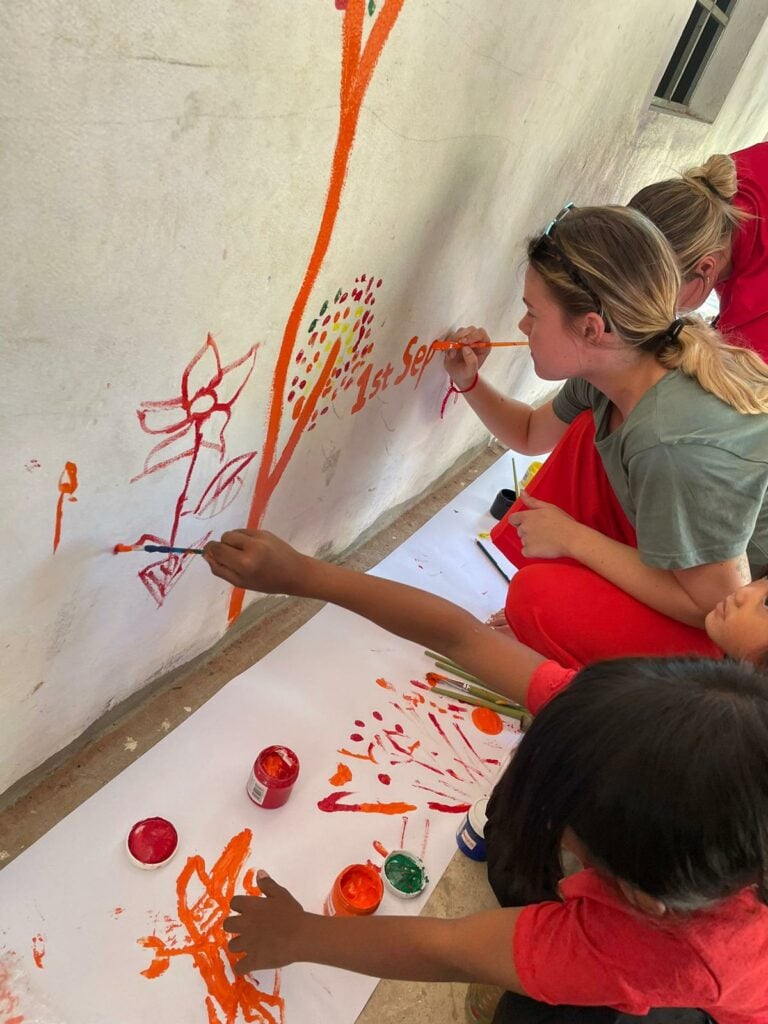
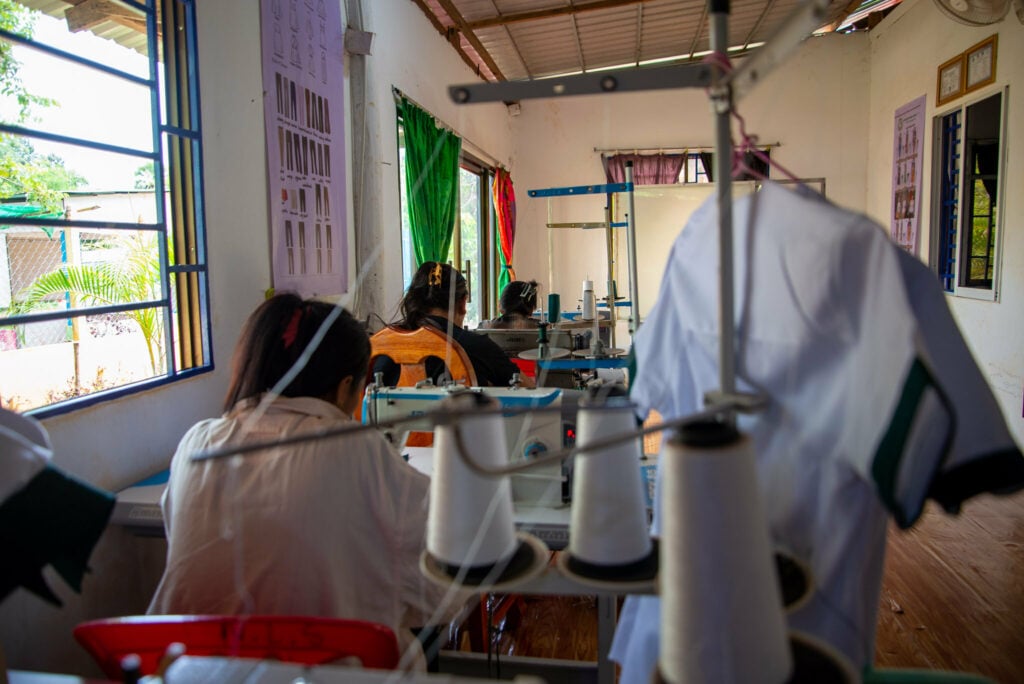
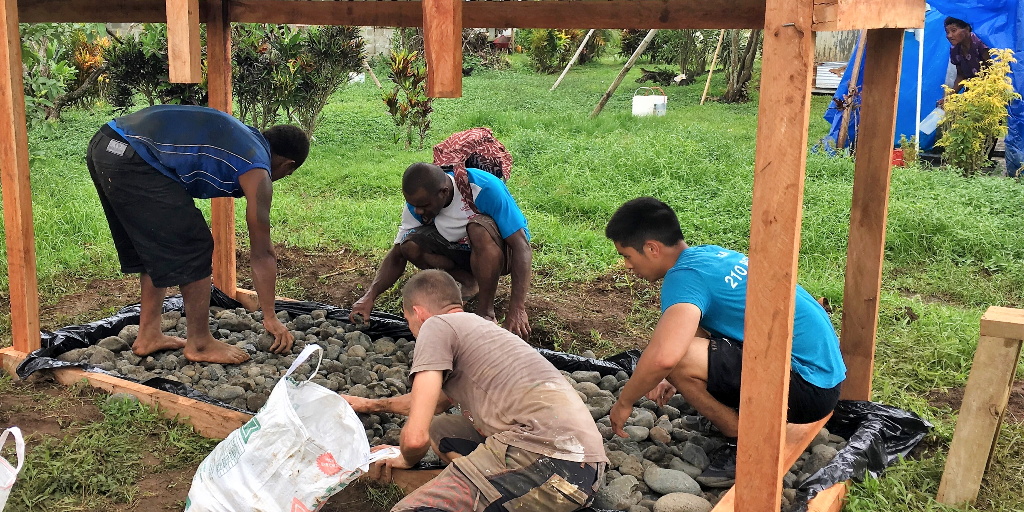
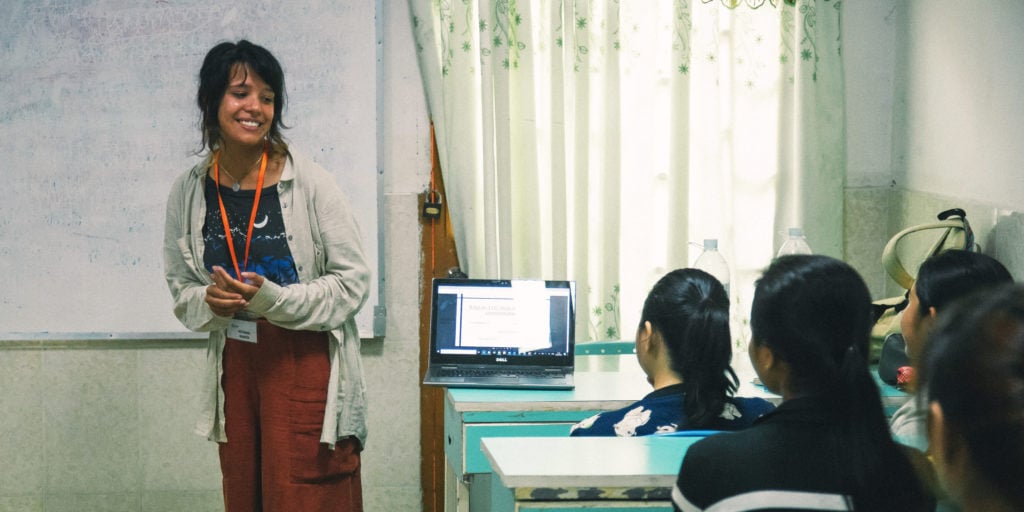
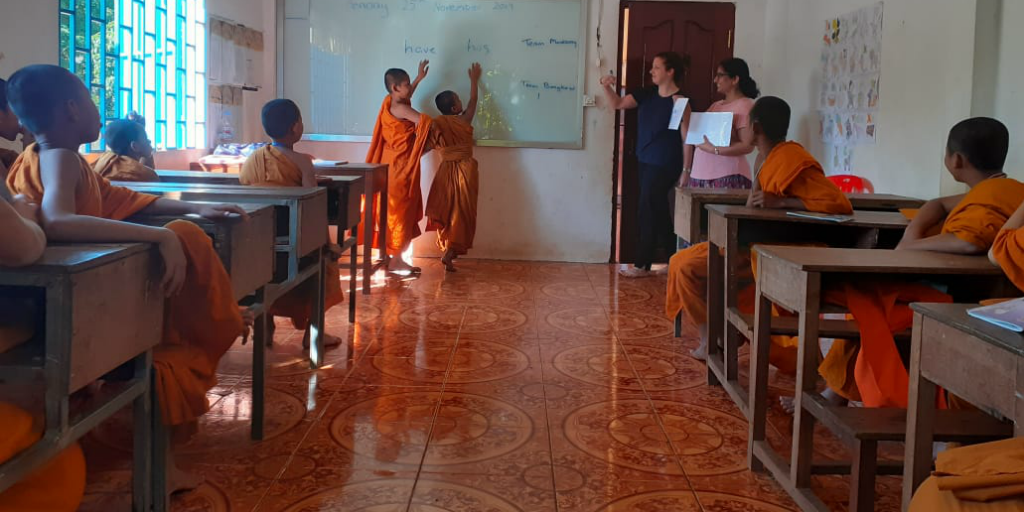
GVI runs a number of community based volunteer and internship programs in Cambodia, where you can contribute to projects with a focus on women’s empowerment, teaching English, community development, global health and early childhood development.
Embark on a journey through Barcelona's captivating art and architecture. Explore the visionary works of Gaudí, Picasso, and more, set against the city's stunning landscapes.
GVI
Posted: July 5, 2024